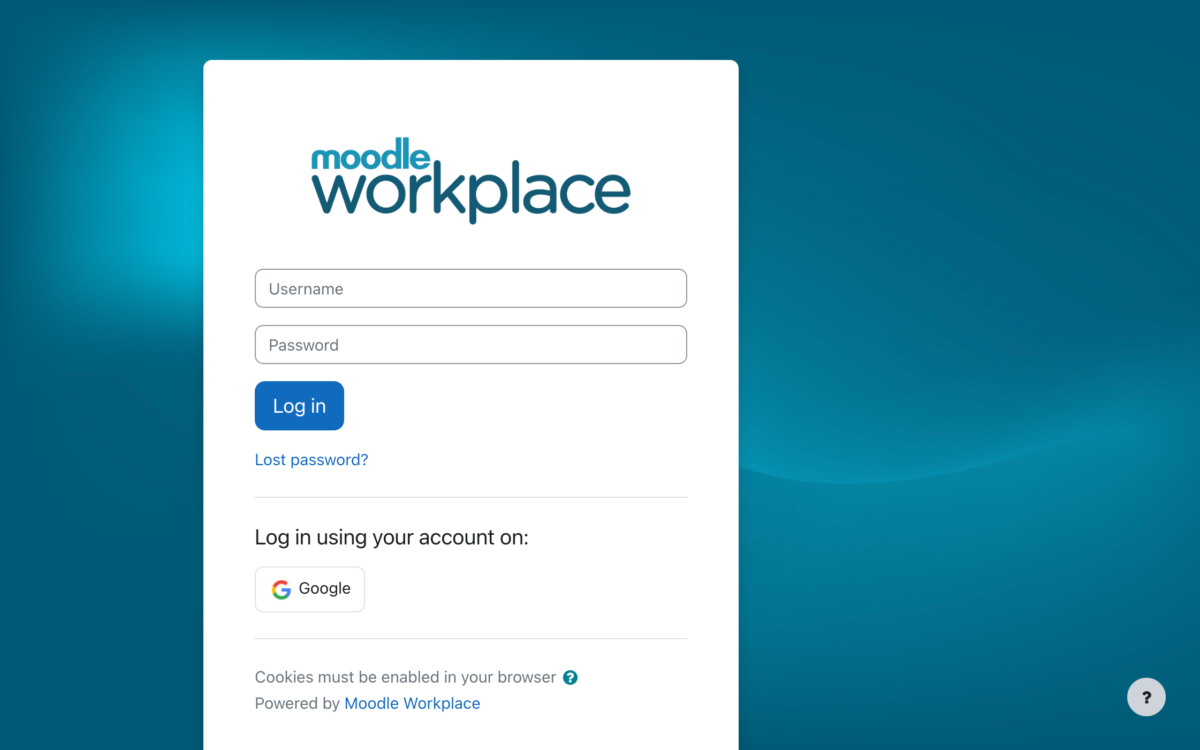Before you even start your design work on training, it would pay to know some basic concepts about how to engage your workforce.
According to the polling company, Gallup, worker engagement is at all time low—about 70-percent of employees are not motivated by their jobs and don’t feel engaged.
Much is made about improving workforce “engagement” through training. What does that term mean in concrete examples? How do you measure worker enthusiasm?
It’s pretty easy to tell about companies where workers are “engaged.” They communicate that quality in their attitude on the phone or in person. They sound happy and their body language communicates that enthusiasm.
How do you achieve that motivated state? There are a couple of benchmarks when it comes to gauging the “e-factor” of employees that will help you before you begin your course design.
The first is: What motivates an employee internally? This translates into career goals, personal goals and self-worth.
The second are external factors such as rewards, promotions, and recognition.
The best way to nail down these motivating factors is to ask your employees about what they want out of their jobs. Sounds simple, but it often can bring out interesting answers based on your engagement with their goals.
One of those answers is likely to be career advancement. If so, professional development can be engineered into learning management systems and training content. What form that takes will depend on the skill sets required by your company, of course.
This may mean extra courses to improve certain skills. For example, you may need your web designers to understand a new API authoring tool to improve your website.
It is a relatively simple matter to research and source that training on-demand and slot it into your LMS. The important point is that these skills can be transferrable to on-the-job improvement, and ultimately career advancement with its rewards and recognition.
One HR survey found that most employees don’t think they have any strong opportunities for growth inside companies. There is nothing worse than feeling you are stuck in a dead-end job.
And it’s costly to find new employees, about 20-percent of an annual salary according to one estimate.
So, before you even start on your training program design, find out what motivates your employees.







